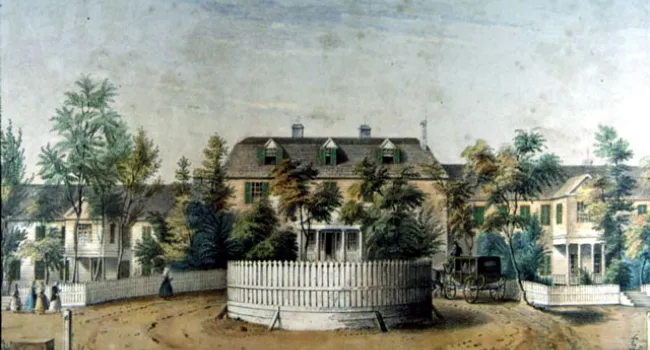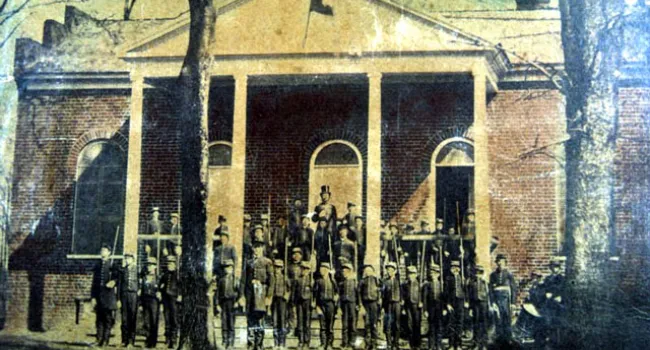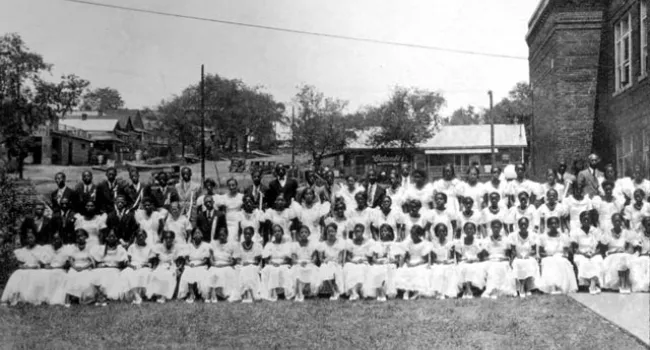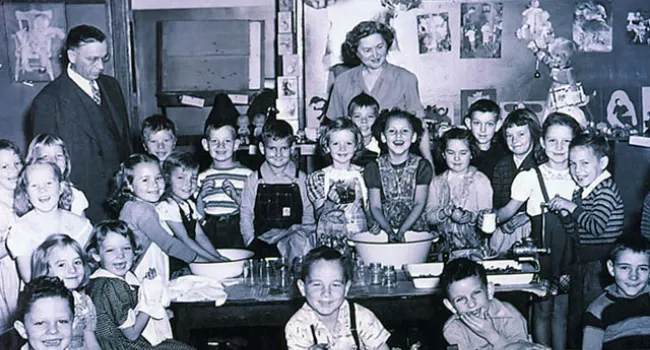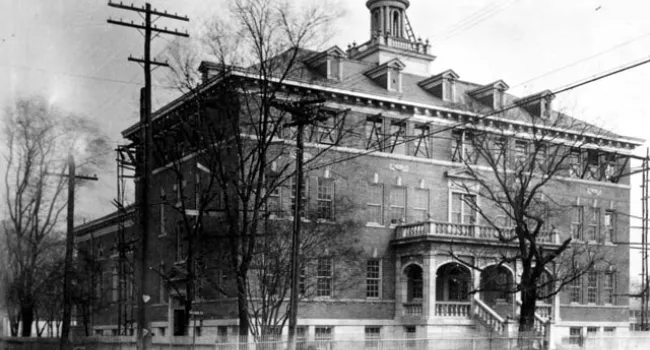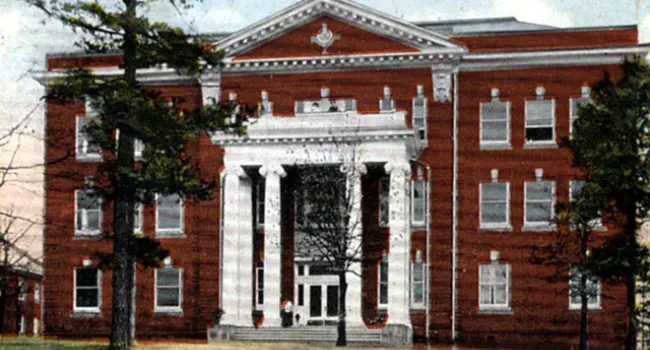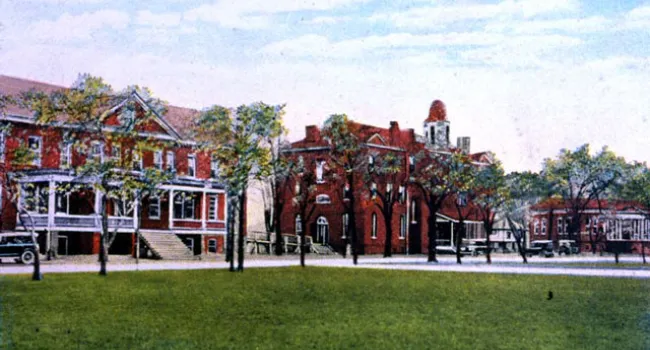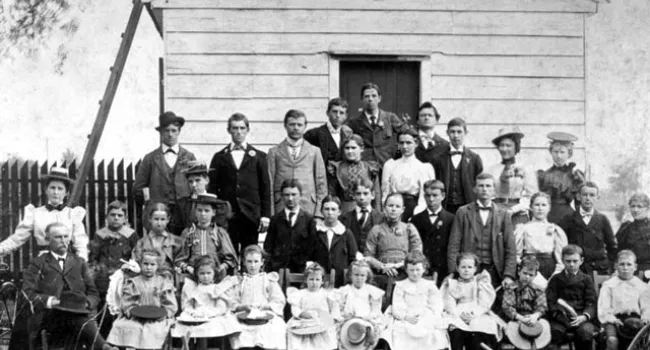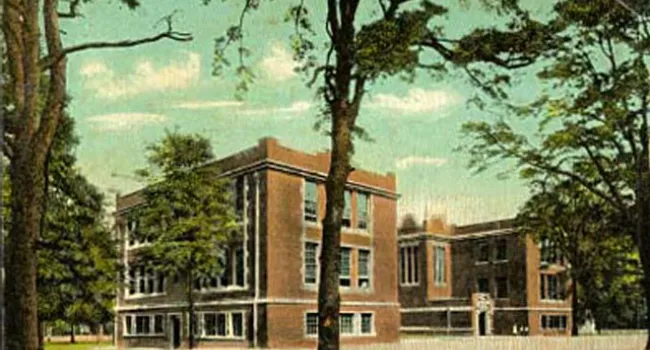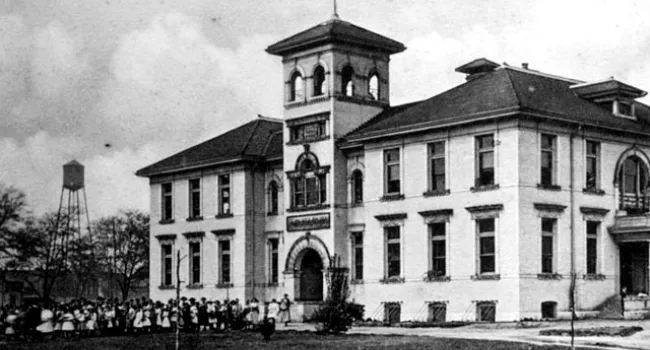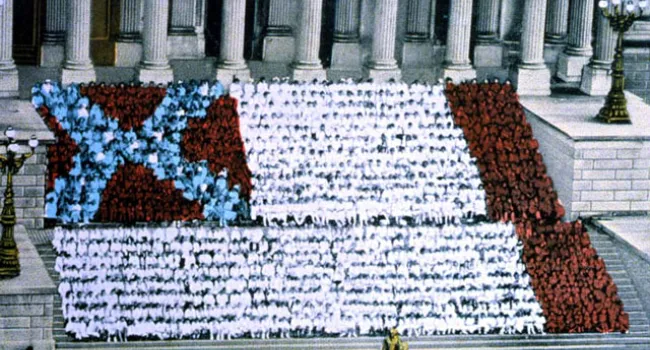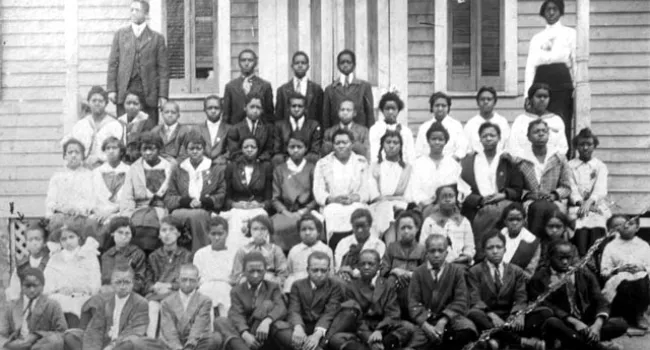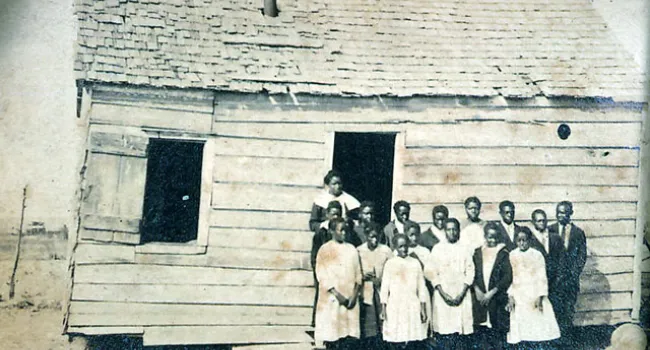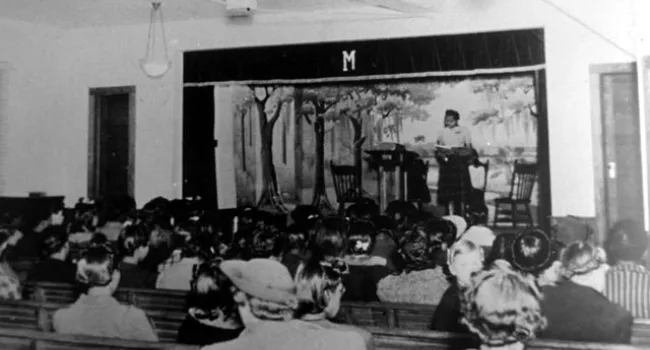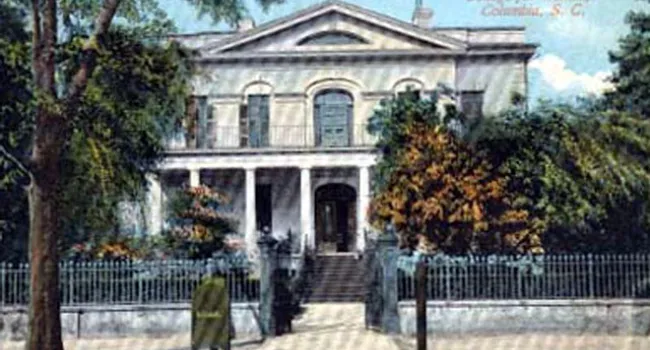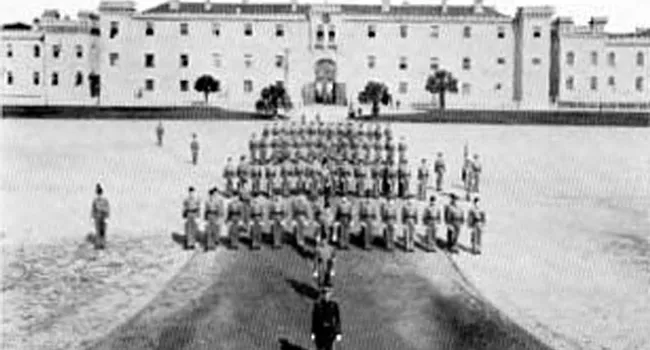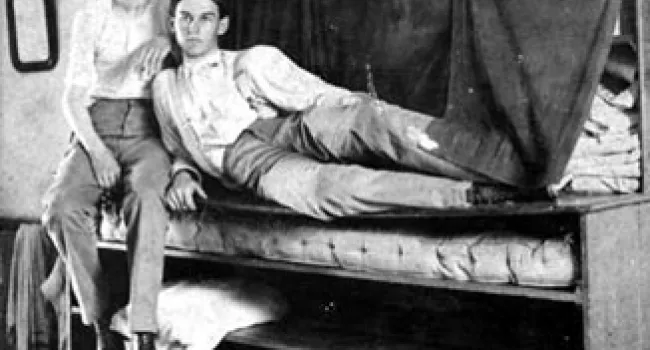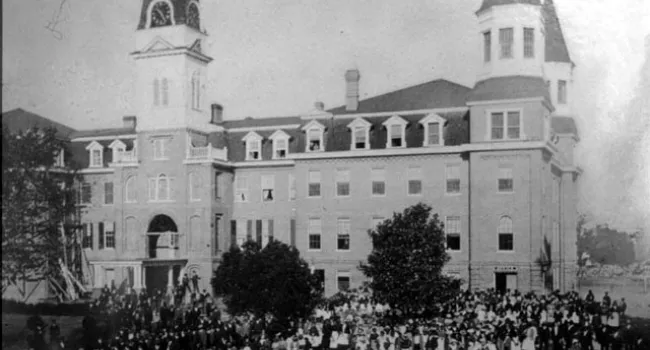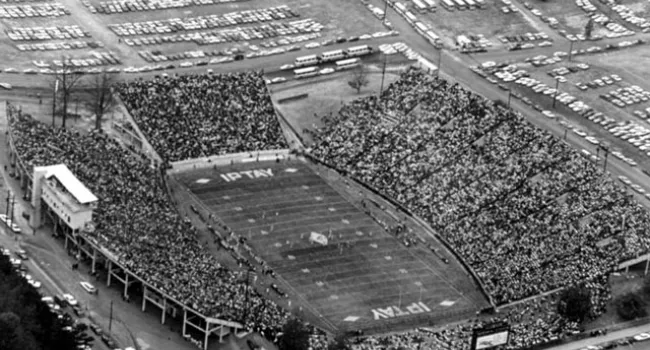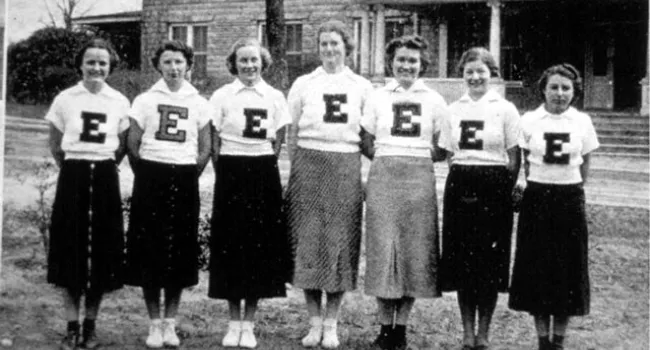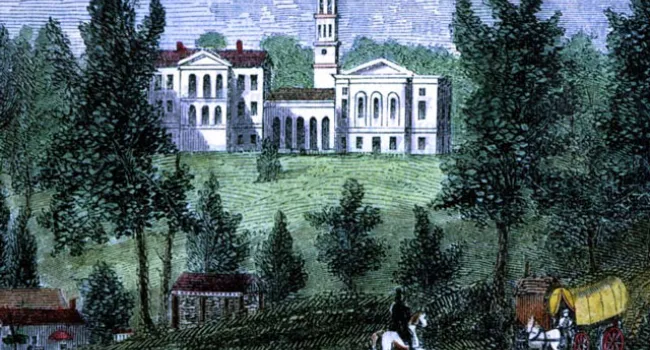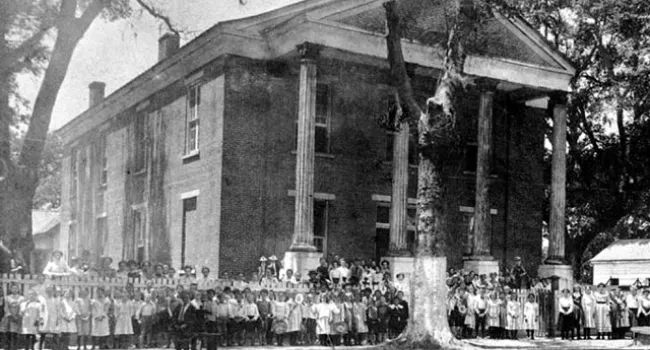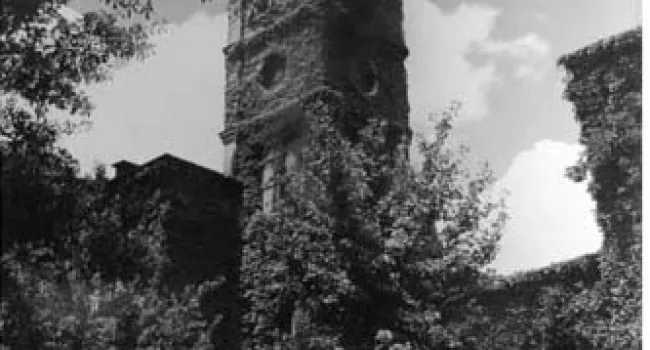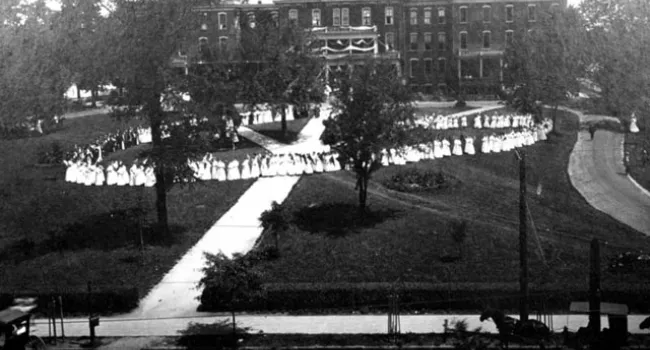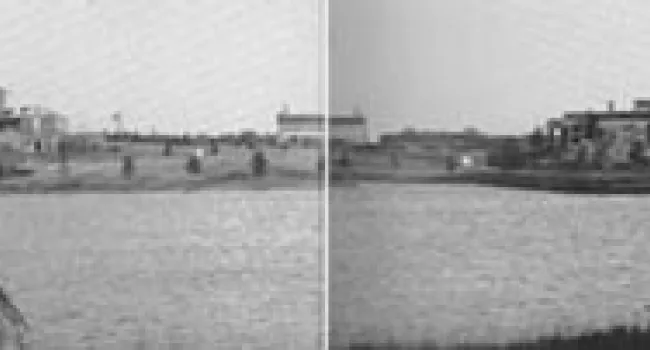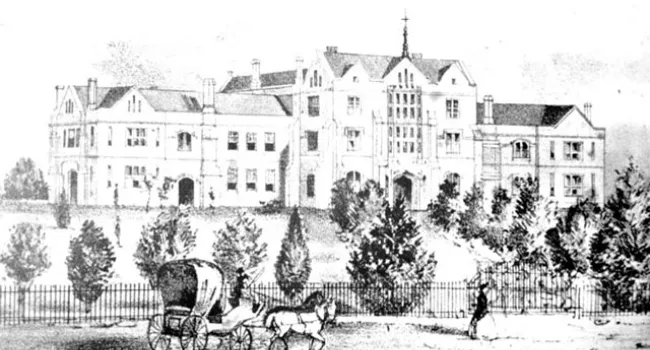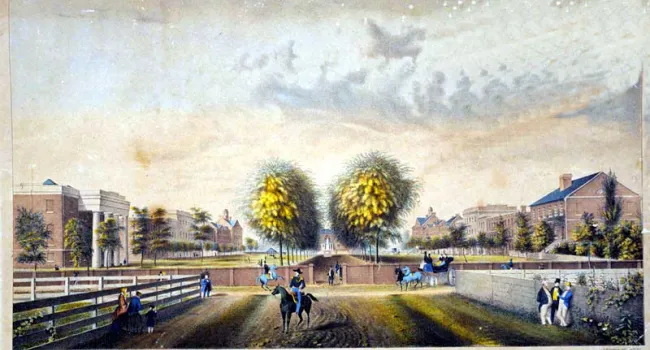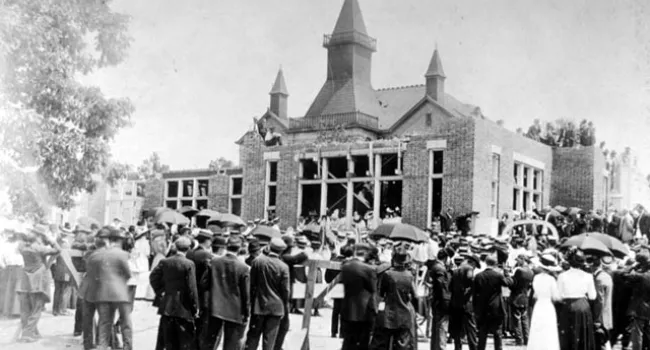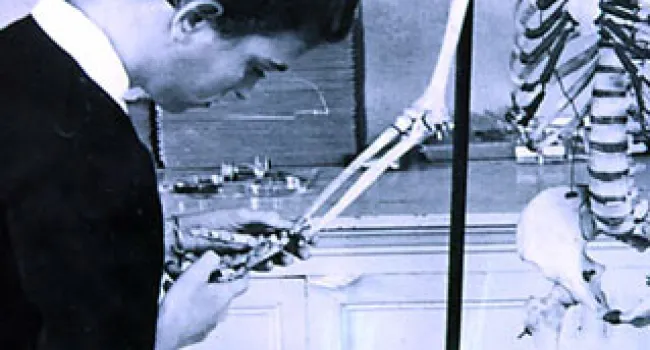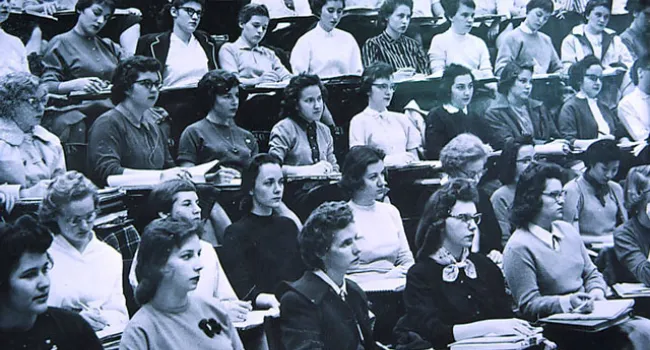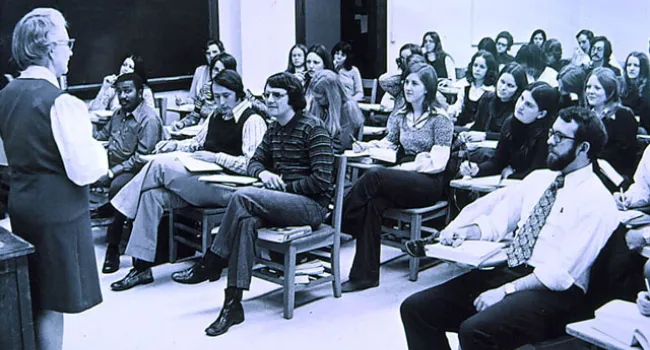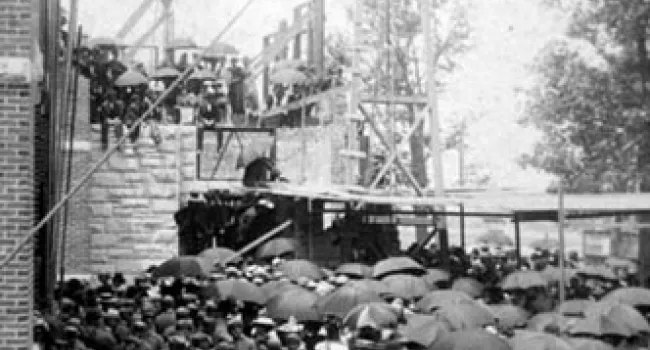
This detail of a large lithographic map of Columbia published in 1872 shows the campus of the University of South Carolina as it appeared after the Civil War. The Confederate government had taken control of most of the buildings of the College for use as a hospital in 1862; the presence of a number of wounded Federal soldiers there when Sherman seized Columbia probably saved the campus from destruction, as Union troops kept away looters and helped fight the flames that burned the surrounding areas of the city. On the December 1865 anniversary of the founding of the College in 1801, it was rechartered by the legislature as the University of South Carolina. The new University struggled against low enrollments and weak admissions requirements, and in 1873 became the only Southern state university in which African-Americans were admitted and awarded degrees. Of the 196 students enrolled in 1876, ninety percent were African-American. During those years, a normal school housed in Rutledge College trained African-Americans as teachers; although the "Radical University" enrolled no women, two-thirds of the normal school students were women. This map shows the campus buildings on the horseshoe, the newly completed chapel (now Longstreet Theater - see Longstreet Theater), and the drilling grounds for the Federal forces that occupied Columbia on the south side of the campus. The end of Reconstruction in 1877 closed the University; it reopened in 1880 on a much smaller scale as the South Carolina College of Agriculture and Mechanical Arts.
Courtesy of the South Caroliniana Library.
